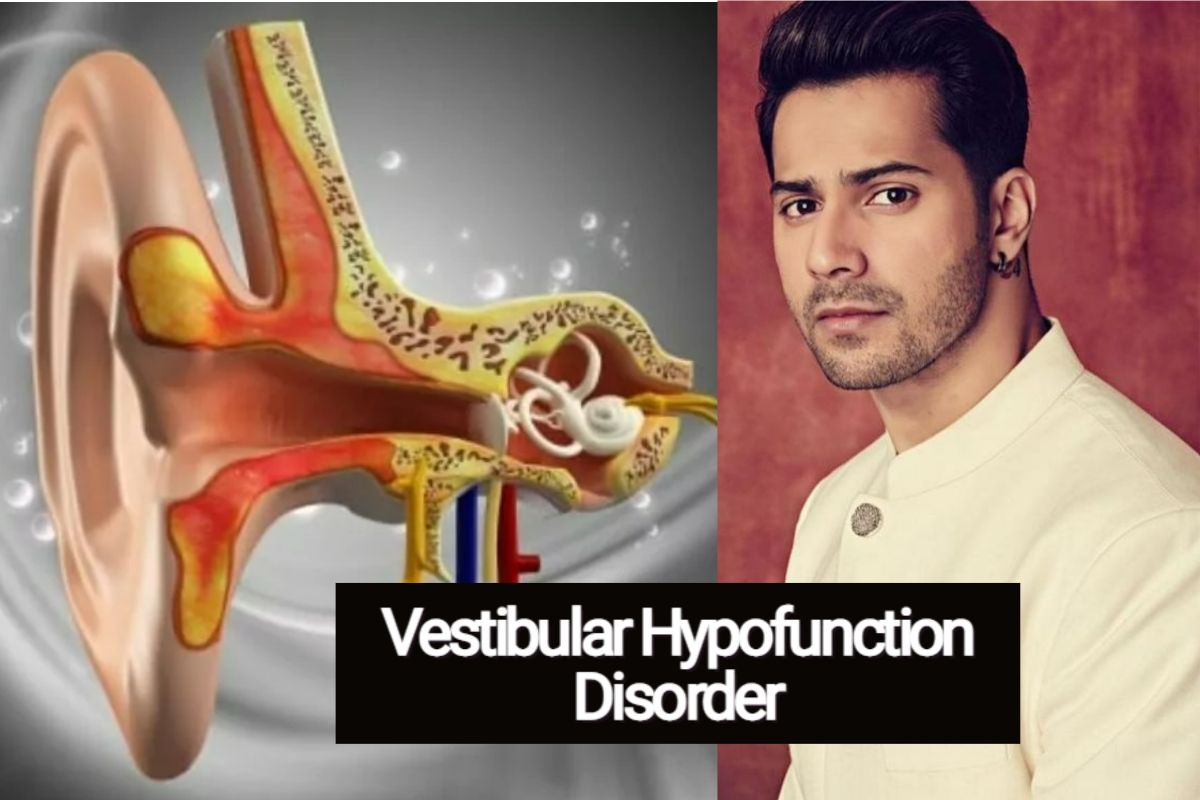Varun Dhawan shares a health update with his fans- Know the consequences, prevention and treatment of vestibular hypofunction.
Varun Dhawan Health Update: Varun Dhawan shared an update for his fans who were worried about his health. The actor, who opened up about the fight Vestibular hypofunction disorder During the promotion, Bhedia addressed followers’ queries and concerns about his health and revealed that he is doing better. He tweeted, “I want to let everyone who is worried that I am doing very well with the help of yoga, swimming, physio and lifestyle changes. Getting sun is the most important. Above God’s blessings.
Varun Dhawan shares health update
I would like to share with everyone who is worried that I am doing very well with the help of yoga, swimming, physio and lifestyle changes. Getting sun is the most important. God’s blessings above. 💪💪💪
— Varun Dhawan (@Varun_dvn) November 7, 2022
Varun Dhawan was forced to take a break from work after his diagnosis, he revealed during a promotion. Bhedia. Varun Dhawan said during an event in Mumbai India Today That he had to stop after being diagnosed with vestibular hypofunction.
What is vestibular hypofunction?
Vestibular hypofunction is a partial or complete malfunction of the peripheral or central vestibular system. While vestibular hypofunction can have traumatic, toxic, infectious, genetic and neurodegenerative causes. Your ear is a complex system of bones and cartilage. There is a semicircular canal that is filled with fluid. The state of the fluid changes with movement. A sensor in the ear then sends information to your brain to contribute to your sense of balance. With vestibular hypofunction, the balance part of the inner ear does not work properly. This can occur on one side (unilateral hypofunction) or on both sides of the head. It has many direct and indirect consequences on work and daily life. This disorder occurs when the inner ear fails to function properly and sends erroneous messages to the brain.
Vestibular hypofunction results
- The most frequent sequelae include chronic vertigo with or without vertigo, oscillopsia, and problems with balance, walking, and driving.
- For example, patients cannot read signs while moving
- May fall more often
- Difficulty walking in the dark or on uneven surfaces
- Vestibular hypofunction impairs spatial memory, learning, and wayfinding
- Effects of vestibular hypofunction on higher cognitive functions.
- Individuals with bilateral vestibular hypofunction are more severely affected than those with unilateral vestibular hypofunction.
The most common symptoms of vestibular hypofunction include:
- Nausea
- Diarrhea
- Vomit
- worry
- Danger
- Changes in your heart rhythm
How to improve vestibular function?
- In a sitting position, lower your head to look at the floor and then to look at the ceiling.
- Draw your head with your eyes focused on the floor and ceiling.
- Repeat this 10 times. Stop and wait about 30 seconds for symptoms to resolve.
- Repeat the entire process 2 more times.
